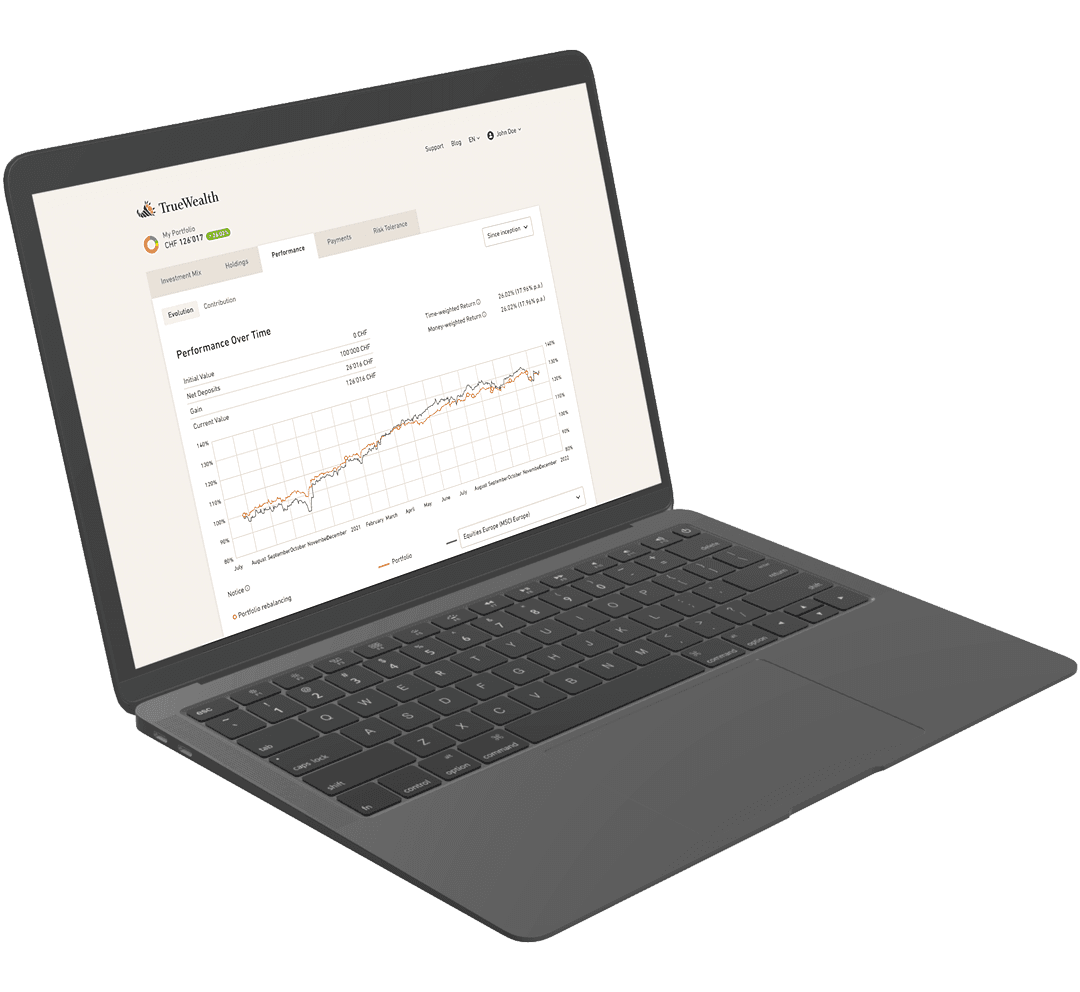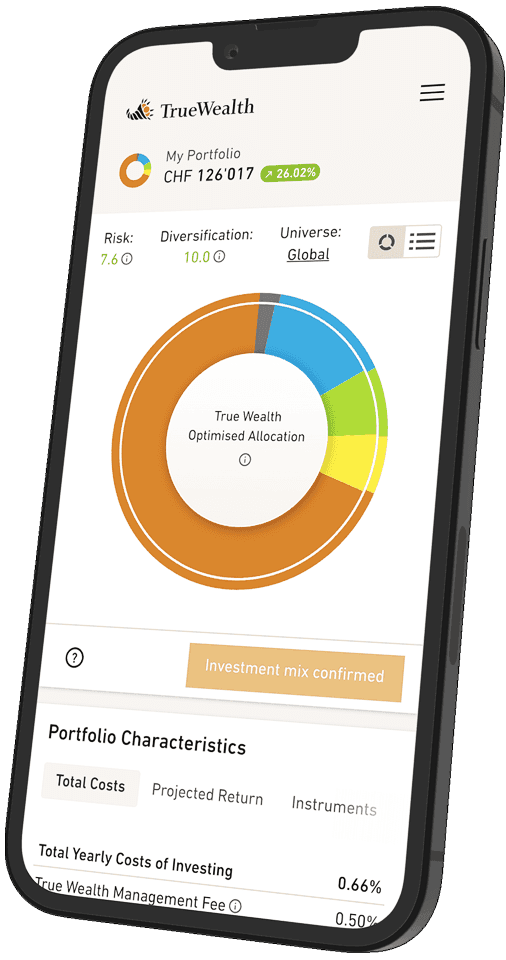
Why everyone drives better. But still makes less profit.
When asked by a psychologist, all drivers drive better than the average person. Is this perhaps precisely the reason all investors invest worse?
More than 50% of all drivers believe that they are above-average drivers. Psychologist Ola Svenson was the first to establish this in a study in 1981 (link behind paywall). Of the Americans surveyed, 93% believed this. In other words, almost everyone. Yet you often experience how badly people actually drive on our roads. For example, when a delivery van squeezes into your lane, so close in front of you that you have to brake. And want to swear. Only, unfortunately, the driver in front of you doesn't hear you. Or when you, as a passenger, almost hit the windshield every time you brake. Fortunately, in this case, the driver is sitting next to you. You can politely ask him to brake more gently. If he doesn't improve anything, fine, you can just take the wheel. Not everyone drives as well as they think they do. And when it comes to driving, you can see it immediately. When it comes to investments, you have to look a little closer.
Overconfidence at work?
100% of all fund managers simply have to claim that they are better than average. Because they earn fees on every dollar, every euro, every franc that you invest with them. Their goal is the inflow of new money, and only secondarily performance. If you look at their performance, at least half of the fund managers are telling the truth. That is in the nature of things. By definition, only half of the average is always better. But only one half. The other half is worse. Inevitably. Average should not even be the goal. If you really want to prove that you are better, you should beat the index that you set as a benchmark. However, significantly more than half of all professionals miss this target – a full 76 percent.
If you think this needs to improve, you can swear or ask politely. But either way, your words will fall flat.
Taking control feels good
So maybe you should take control of your own investing? According to a study by Celent, over 40 million people in the USA did this back in 2012, and the trend is still rising. Among Swiss online brokers, the market leader Swissquote alone has over 220'000 customers. Taking control yourself feels good.
But, as with driving, it tends to lead to an illusion of control – and thus to overconfidence. According to a study by Dalbar's Quantitative Analysis of Investor Behavior (QAIB), the average private investor has achieved a return of just 2.5 percent over the last 20 years. And only 1.9 percent over 30 years. Why?
The average private investor:
- has too little patience and trades too often
- often buys near the highs and sells near the lows
- concentrates on too few stocks
You could say they change lanes too often. They have no GPS and don't use a map. They only drive on the roads they already know.
Furthermore, they can't tell how well they're doing at it either due to their overconfidence. Only an objective view from the outside can help.
An objective view is needed
As far as your investments are concerned, you can take an objective look at your portfolio statement. Are the figures as good as you think? Congratulations: keep up the good work. If not, then perhaps it's time to start investing passively. With patience, you can perform just as well as the benchmark on average.
Links
- Svenson, Ola (Februar 1981). «Are We All Less Risky and More Skillful Than Our Fellow Drivers?». Acta Psychologica 47 (2): 143–148. (link behind paywall)
- Study: Only 24% of Active Mutual Fund Managers Outperform the Market Index
- Pursuing the self-directed investor
- Why The Average Investor’s Investment Return Is So Low
About the author

Oliver is one of the founders of Switzerland's largest online shops: the online retailer Galaxus and the electronics specialist Digitec. Together with Felix, he launched True Wealth AG in 2013.

Ready to invest?
Open accountNot sure how to start? Open a test account and upgrade to a full account later.
Open test account